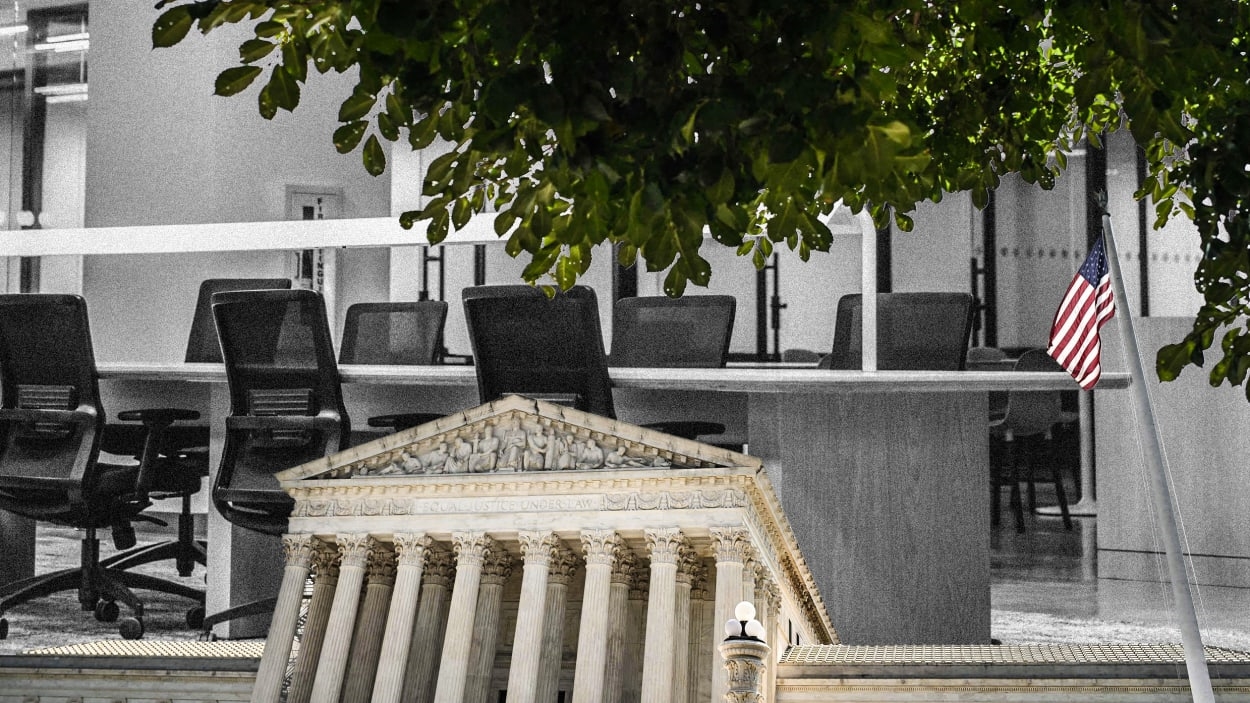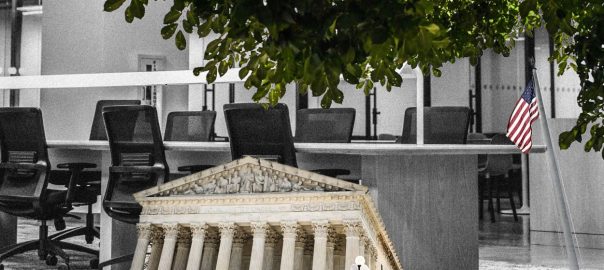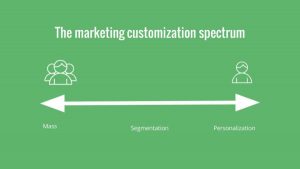The Supreme Court issued its decision in Students for Fair Admissions, Inc. (SFAI) v. President and Fellows of Harvard and SFAI v. University of North Carolina today. The court said that admissions programs that relied in part on racial considerations violate the Constitution, effectively ending affirmative action in the United States.
This outcome was expected as many experts anticipated the court’s conservative majority would rule against affirmative action. All six conservative justices ruled in favor of overturning the programs.
Chief Justice John G. Roberts wrote the majority opinion, saying in part: “The student must be treated based on his or her experiences as an individual—not on the basis of race. Many universities have for too long done just the opposite. And in doing so, they have concluded, wrongly, that the touchstone of an individual’s identity is not challenges bested, skills built, or lessons learned but the color of their skin. Our constitutional history does not tolerate that choice.”
The legal precedent for affirmative action was set in 1965, with President Lyndon Johnson’s executive order that required federal contractors to “take affirmative action to ensure equality of employment opportunity without regard to race, religion and national origin.” (Gender was added to the protected categories in 1968.)
Soon after, colleges began developing affirmative action policies in admissions for underrepresented racial and other groups. While affirmative action practices have met several challenges over the years, the court has largely upheld race-conscious admissions until now. Schools that use race-conscious affirmative action use race as one factor in admissions (as opposed to a quota system that sets aside a certain number of spots for members of underrepresented racial groups).
The most immediate and obvious impact of today’s decision is that colleges and universities will no longer be able to consider race as part of their admissions decisions.
The ruling could also impact using race as a consideration in hiring.
Eight states (Arizona, California, Florida, Idaho, Michigan, Nebraska, New Hampshire, and Oklahoma) currently have affirmative action bans in place, while Washington state had an affirmative action ban in place since 1998 but it was repelled last year.
The University of California and the University of Michigan filed briefs to the Supreme Court in 2015 and 2022 urging the court to not overturn affirmative action as both universities said that they have spent hundreds of millions of dollars on alternative programs intended to improve diversity, but that those efforts have fallen far short of goals.
The University of Michigan brief claims that despite 15 years of overwhelming efforts to use race-neutral means like socioeconomic status, family college history, and other influencing factors in admissions, the college has been unable to maintain its previous levels of racial diversity. Black enrollment is down 44% since 2006, and Native American enrollment has decreased by 90%, even though overall enrollment at University of Michigan has increased by 10% in that same time.
“The University’s persistent efforts,” reads the brief in part, “have not been sufficient to create the racial diversity necessary to provide significant opportunities for personal interaction to dispel stereotypes and to ensure that minority students do not feel isolated or that they must act as spokespersons for their race.”

While much of the discussion around affirmative action has focused on race in admissions policies at public colleges and universities, the bans in these states offer case studies for the unintended ripple effects in hiring and workplace DEI goals.
According to a 2013 Harvard study, affirmative action reversals passed in several states led directly to a reduction in diversity in hiring. The study found that, in government jobs at least, “a significant loss of workplace diversity” occurred relative to a control group of states that had affirmative action laws in place.
In Oklahoma, which banned affirmative action in 2012, the sponsors of the bill said that it was an attempt to avoid bias in college admissions; that ended up having unintended consequences in state government hiring and public contracting.
While cases at Harvard and the University of North Carolina have received a lot of attention, some states passed affirmative action bans that were barely noticed, even by those within the state. New Hampshire’s legislature faced little opposition when it proposed its 2012 affirmative action ban. But it has also had little impact as the state was already one of the least diverse in the nation, with an over 90% white population.
(2)







